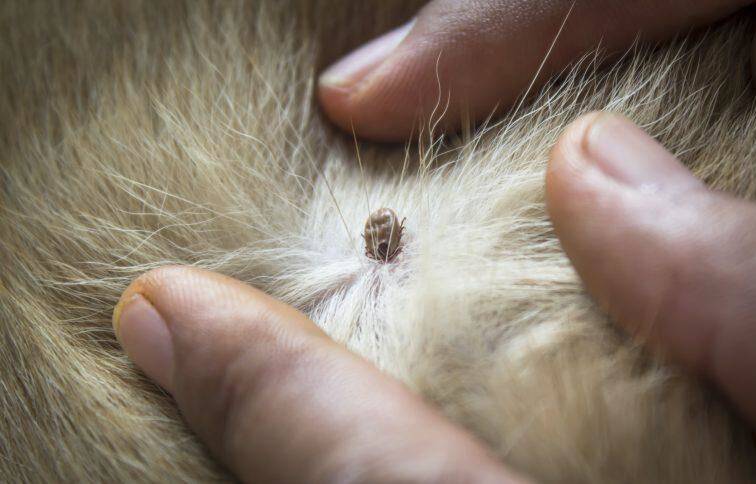
Agriculture Victoria is urging dog owners and veterinarians to look for signs of ehrlichiosis after a detection in the state.
Subscribe now for unlimited access.
or signup to continue reading
A dog in Horsham has tested positive for ehrlichiosis - the first detection of this disease for an Australian-born dog in Victoria.
Victoria's Chief Veterinary Officer Dr Graeme Cooke urged those with dogs to be vigilant.
Dr Cooke said common signs of ehrlichiosis could include fever, lethargy, eye changes such as conjunctivitis, cloudy or red eyes, abnormal bleeding and swellings, small spots or bruising and swellings on the body and limbs.
"When detected early, antibiotics may be used to treat the disease," he said.
"Prevention is crucial as there is no vaccine for the disease.
"Protect your dogs from ehrlichiosis by regularly checking them for ticks, using effective tick control and seeking veterinary advice promptly if they become unwell.
"You should regularly check your dog for ticks by running your fingers through their coat, on the skin, paying attention to the head, neck, ears, chest, between their toes and around their mouth and gums.
"Be particularly vigilant if you're taking your dog out bush and travelling interstate."
Ehrlichiosis was found for the first time in an Australian dog in the Kimberley region in mid-2020.
Since then, it has spread around the country and now found in most states and territories.
"This is a notifiable disease in Victoria, which means it must be reported to the Emergency Animal Disease Watch Hotline on 1800 675 888 when suspected," Dr Cooke said.
"If your dog is unwell or you find any abnormal bumps or ticks, make sure you promptly arrange to take your dog to your vet.
"Discuss with your vet the testing system in place for ehrlichiosis in Victoria."
IN OTHER NEWS:
On rare occasions humans can become infected through the bite of an infected tick.
For more information on ehrlichiosis (or e-canis), visit the Agriculture Victoria website or call the Customer Contact Centre on 136 186.


